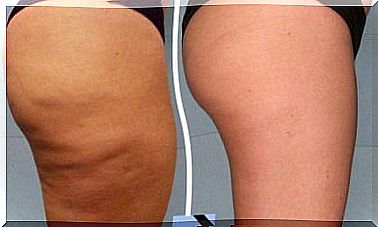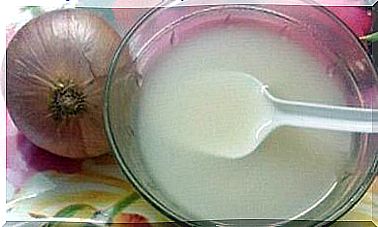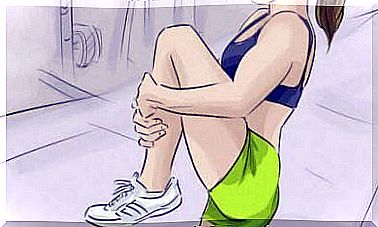What Are The Different Types Of Wrinkles?

Nobody wants to have a face full of wrinkles, neither women nor men. They appear with natural aging, but there are types of wrinkles caused by other factors. Therefore, it is important to differentiate them to choose the most effective treatment.
In addition to their possible cause, they all reflect the same way on the skin and can have an unpleasant appearance, especially when they occur prematurely. In this article, we want to classify wrinkles according to the factors associated with their appearance. Stay with us and find out what they are!
What are wrinkles?
Wrinkles are lines, depressions and folds of the skin that develop due to the constant contraction of the facial muscles when gesturing. Aging highlights them even more, through changes that occur in the layers of the skin.
The epidermis becomes thinner and reduces the amount of elastic and collagen fibers responsible for providing hydration and firmness. The deepest layer of the skin (hypodermis) loses its amount of fatty tissue over time.
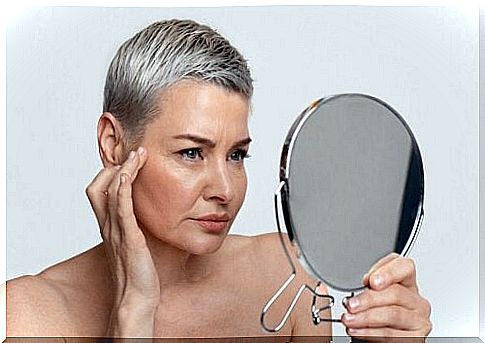
Also read: How to minimize the presence of wrinkles naturally
types of wrinkles
From a clinical point of view, wrinkles can be deep or superficial. The latter disappear when the skin is stretched, which differentiates them from the deep ones, which do not change when the skin is stretched. They all look similar, however, they vary in the way they are generated. Let’s look at the main types of wrinkles below.
statics
They are generated by the natural loss of collagen volume, tissue and elasticity. No need to gesture for them to appear; they are already marked on the skin, by the repetitive movements of the muscles.
Dynamics
They are expression lines, generated when we frown, squint, or smile. Therefore, they are caused by muscle activity. Often, we can observe them from the age of 30, when it is recommended to start preventive treatment with applications of botulinum toxin.
The best known dynamic wrinkles are as follows:
- The “crow’s feet”, which are marked when smiling or even when the face is at rest.
- The horizontal wrinkles on the forehead.
- The verticals between the eyebrows.
gravitational
Gravitational wrinkles are those generated as a result of the aging process. They are usually evident around 40 years of age. Aging is manifested by the reduction of adipose tissue, vascular degeneration and bone atrophy.
- Dehydration is marked.
- The skin becomes rougher and drier.
- The dermis loses luminosity and tone.
Over time, the face ages even more due to the decrease in elastin and collagen in the skin. Expression wrinkles are accentuated and the skin sags under the effect of gravity. Likewise, the loss of the fat layer highlights certain bony areas of the face and accentuates the signs of aging.
The most common are seen in places such as:
- The neck.
- The sides of the chin.
- In front of the ears.
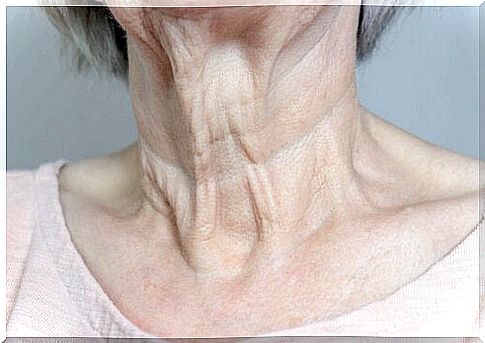
mixed
They are generated by the sum of several factors, such as aging, excessive sun exposure, gravity and facial movements. These are the furrows that run from the ends of the mouth to the sides of the base of the nose, as well as the vertical wrinkles that are seen on the front of the neck.
sleep wrinkles
The way you sleep also affects premature aging. These types of wrinkles differ from dynamic ones in their shape. Appear vertically on the lap, neck and face. They usually appear after the age of 30, when the natural production of collagen, elastin and hyaluronic acid decreases.
Classification of the types of wrinkles according to Richard Glogau
There is another view to differentiate the types of wrinkles, developed by Richard Glogau, which includes them in 4 categories according to the degree of photoaging of the skin. We detail each one below.
- TYPE I, without wrinkles : patients between 20 and 30 years old, characterized by mild photoaging, moderate pigmentary changes, no keratosis and minimal wrinkles. It is not necessary to use makeup to camouflage them.
- TYPE II, expression lines : occur between 30 and 40 years. It is a moderate photoaging, in which there is the presence of lentigines and palpable keratoses (but not visible). Expression lines appear especially around the eyes when smiling. Sometimes you have to wear makeup to hide them.
- TYPE III, wrinkles at rest : from 50 to 60 years old, with advanced photoaging, notable dyschromia, telangiectasias, visible keratoses and marked wrinkles, even without making gestures. Makeup doesn’t cover them completely.
- TYPE IV, wrinkles only : in people over 60 years of age, with severe photoaging, yellowish-gray skin color, pre-malignant lesions and wrinkles all over the face. This type of skin does not allow the use of makeup because it cracks and peels.
What should we know about types of wrinkles?
Not all types of wrinkles are caused by aging. Some appear much earlier, either by unprotected exposure to the sun or as a result of the repetition of our gestures. The adoption of healthy lifestyle habits and a beauty routine are decisive to delay its appearance.





